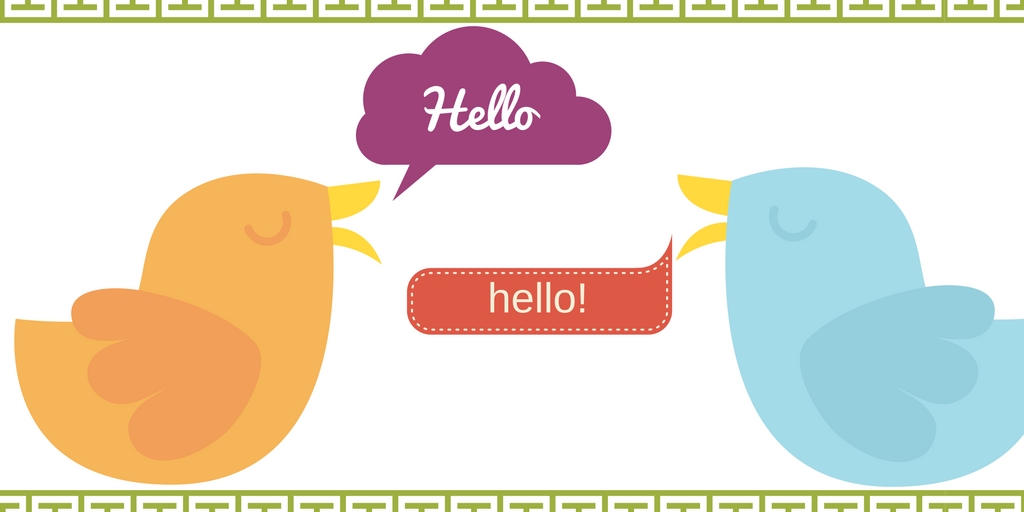This past Saturday, I co-presented a session on how local history organizations can use social media, specifically Twitter. This is a topic that I’ve written and presented on in the past, and it’s a topic that I feel very strongly about. Am I an expert in it? That depends. Most of my marketing training has been informal, either in the very literal “on-the-job” sense or from taking online courses. However, it’s taken me a long time to realize that being an expert isn’t necessarily about knowing the most about a particular subject.
I understand the goals of using social media and generally know how to read the metrics that each platform makes available, but that’s not the most important skill I bring to the table. I know what has worked for me in my past experience managing social media accounts for organizations, and I know what I wish I had done better. I know that a lot of being good at social media management is doing the work—being able to put in the time to build a rapport with your followers and giving those followers what they want while also divining ways to bring in new followers.
For an audience composed of representatives from local history organizations, I’m an expert because I know what that audience needs. They don’t need to know the specific metrics to watch or to hone the skills that a marketing professional would have practiced through formal education, not yet anyway. What they need is to be convinced that adopting social media management practices is worth their time and that the learning curve to basic posting and engaging isn’t too steep for them to start.
So when I focus on talking about Twitter, I talk about the unique engagement the platform can deliver. Yes, there might be a third as many people on Twitter as there are on Facebook, but that group of people engages with intensity and expertise—both traits that can work in an organization’s favor, if they’re careful. I focus on the immediacy of Twitter. Organizations desperate for a specific answer to a conservation question or eager to catch the eye of their local state representative for a capital funding campaign can simply just tweet at those people, and they may very well receive an answer to their question or a special visitor at their event.
Much has been written about “imposter syndrome,” especially for people who used to be in academia, and how the feeling that you’re not good enough to do something can affect your ability to do good in your field. I think that also applies when you’re thinking about building a business or selling your skills for a job interview. You ask yourself, “am I really good enough, and do I really have enough experience, to do this particular task professionally? Can I really ask people to pay me for this work?” I think you have to find a way to make the answer yes, and I struggle less and less with those questions as I move further and further away from my time in academia. When I was walking out of the meeting on Saturday, a woman called me the “Twitter queen,” thanked me for my insight, and wished me a safe drive home. I’ll take it.


